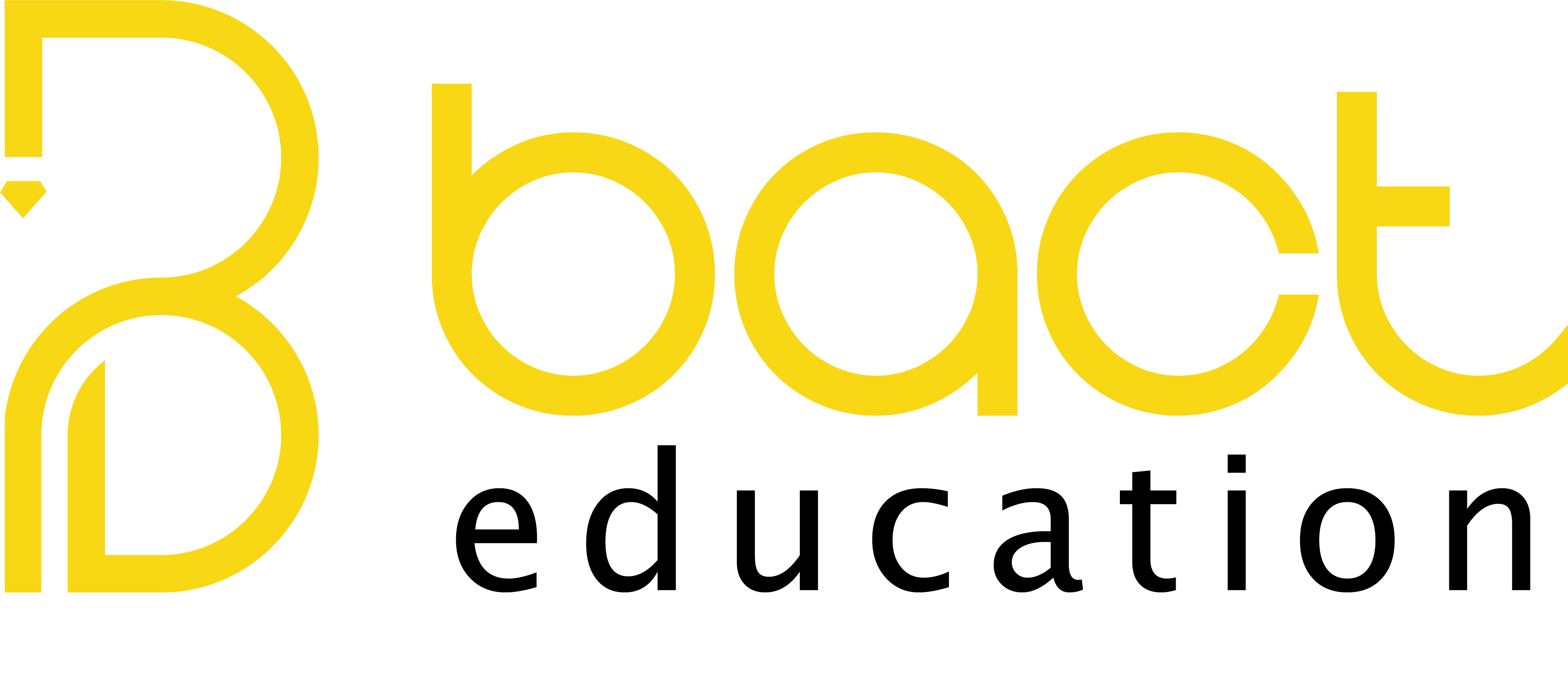The Audio-Lingual Method in Teaching Arabic to Non-Native Speakers
The audio-lingual method emerged as a result of several political and practical factors, most notably the need for direct oral communication between nations after World War II, and the failure of traditional methods—such as grammar-based instruction and translation—in fulfilling the new requirements of communication. Additionally, developments in linguistic and psychological studies during the mid-20th century, along with the rise of the structural-behavioral approach, helped reinforce this method.
This method is based on the concept that language is a formal structure and an oral phenomenon, where spoken language is considered fundamental, while written language is secondary. It views language as what native speakers actually say, rather than a set of grammatical rules to be learned. The method also emphasizes culture as a way of life, not merely as heritage and art, thereby encouraging the study of cultural patterns related to the target language.
It deals with common social structures and expressions, presenting them to learners gradually. Language, from this perspective, is seen as a set of behavioral habits acquired from the environment, which requires learners to abandon their previous linguistic concepts and start from scratch. Teaching the language requires a descriptive, analytical, and contrastive study to distinguish between the native language and the target language, focusing on the elements that present difficulty.
The method seeks to enable learners to think in the target language and insists on avoiding the use of the native language or any intermediary language. Instruction begins with listening, followed by speaking, then reading, and finally writing—with a primary focus on oral skills. The stages of learning include memorization, imitation, analogy, and then analysis.
Grammar is introduced indirectly, requiring the selection of appropriate morphological forms and grammatical functions. Vocabulary is learned through context, with a strong emphasis on linguistic accuracy. The method also gives attention to teacher training and has established programs for preparing foreign language instructors.
✅✅Advantages:
- Focus on the oral aspect of the language.
- Use of real-life models and situations.
- Promotes learner independence by avoiding translation.
- Encourages thinking in the target language.
- Indirect presentation of grammatical rules.
- Gradual instruction of language skills.
- Reinforcement of positive learning habits.
- A variety of exercises to increase student engagement.
- Enhances learners’ self-confidence through communication.
- Clear learning objectives for teachers.
❌❌Disadvantages:
- Emphasis on oral language is not a new concept.
- Does not meet the needs of some learners, especially those interested in reading.
- Long periods of listening may negatively affect comprehension.
- Lack of attention to individual learner differences.
- Results of contrastive analysis may not always be beneficial.
- Learning objectives in activities may be unclear.
- Most activities are classroom-based and disconnected from real-life contexts.
- Linguistic situations may seem artificial.
- Requires highly skilled and qualified teachers.
- Excessive drilling may lead to negative learning outcomes
- Vocabulary and expressions may appear forced or unnatural.
- Excluding translation demands significant effort from the teacher.
- Culture may be presented in an inappropriate or ineffective way.

